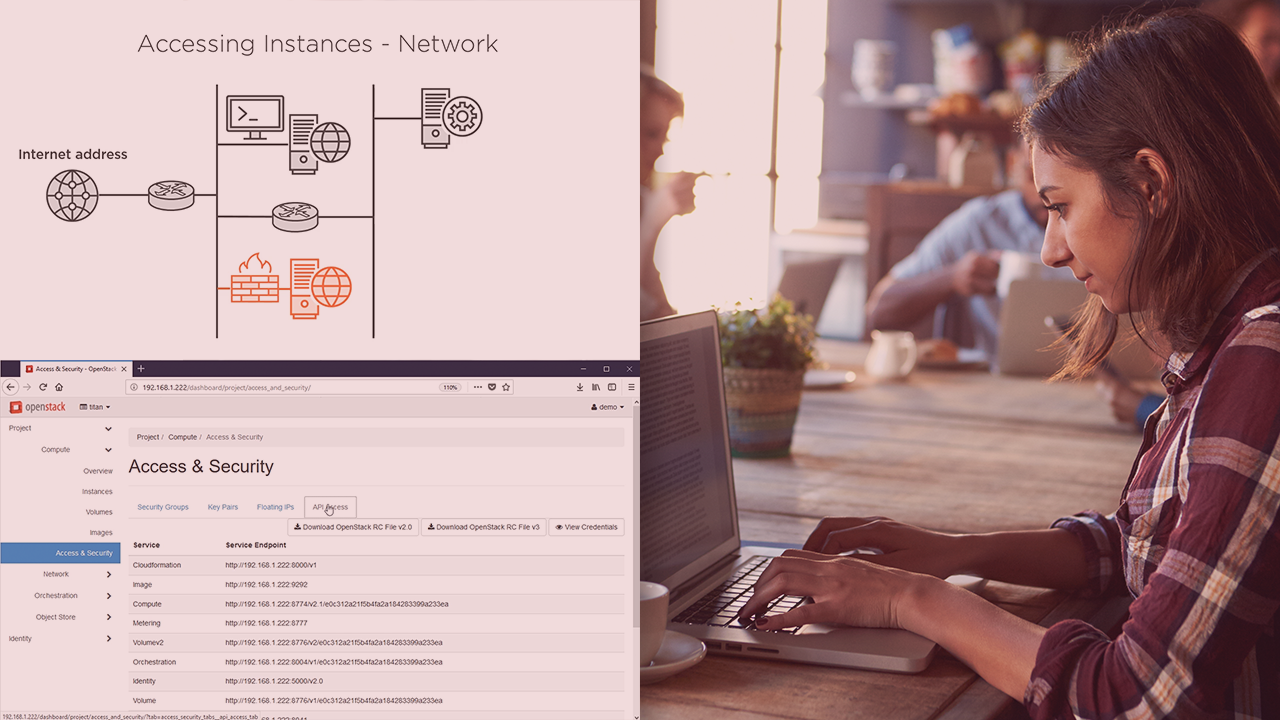- Course
RHCSA for Red Hat OpenStack: Using OpenStack (Compute and Network Services)
Are you comfortable with Linux? This is the start of your journey to the next step, the certificate "RHCSA for Red Hat OpenStack" (Red Hat's exam EX210). You will discover an OpenStack cloud, launch virtual servers and create multi-tier networks.

- Course
RHCSA for Red Hat OpenStack: Using OpenStack (Compute and Network Services)
Are you comfortable with Linux? This is the start of your journey to the next step, the certificate "RHCSA for Red Hat OpenStack" (Red Hat's exam EX210). You will discover an OpenStack cloud, launch virtual servers and create multi-tier networks.
Get started today
Access this course and other top-rated tech content with one of our business plans.
Try this course for free
Access this course and other top-rated tech content with one of our individual plans.
This course is included in the libraries shown below:
- Core Tech
What you'll learn
You are comfortable managing Linux systems. You want to go beyond system management, are curious about cloud technologies and contemplate taking the exam for Red Hat's OpenStack certificate.
In this course, RHCSA for Red Hat OpenStack: Using OpenStack (Compute and Network Services), you will gain the ability to use an OpenStack cloud as an unprivileged user.
First, you will learn the OpenStack architecture. Next, you will discover setting up a small experimental cloud on your PC. Finally, you will explore how to create networks and launch virtual servers in your experimental cloud.
When you’re finished with this course, you will have the skills and knowledge of working with an OpenStack cloud, needed to successfully pass the RHCSA for Red Hat OpenStack exam.

